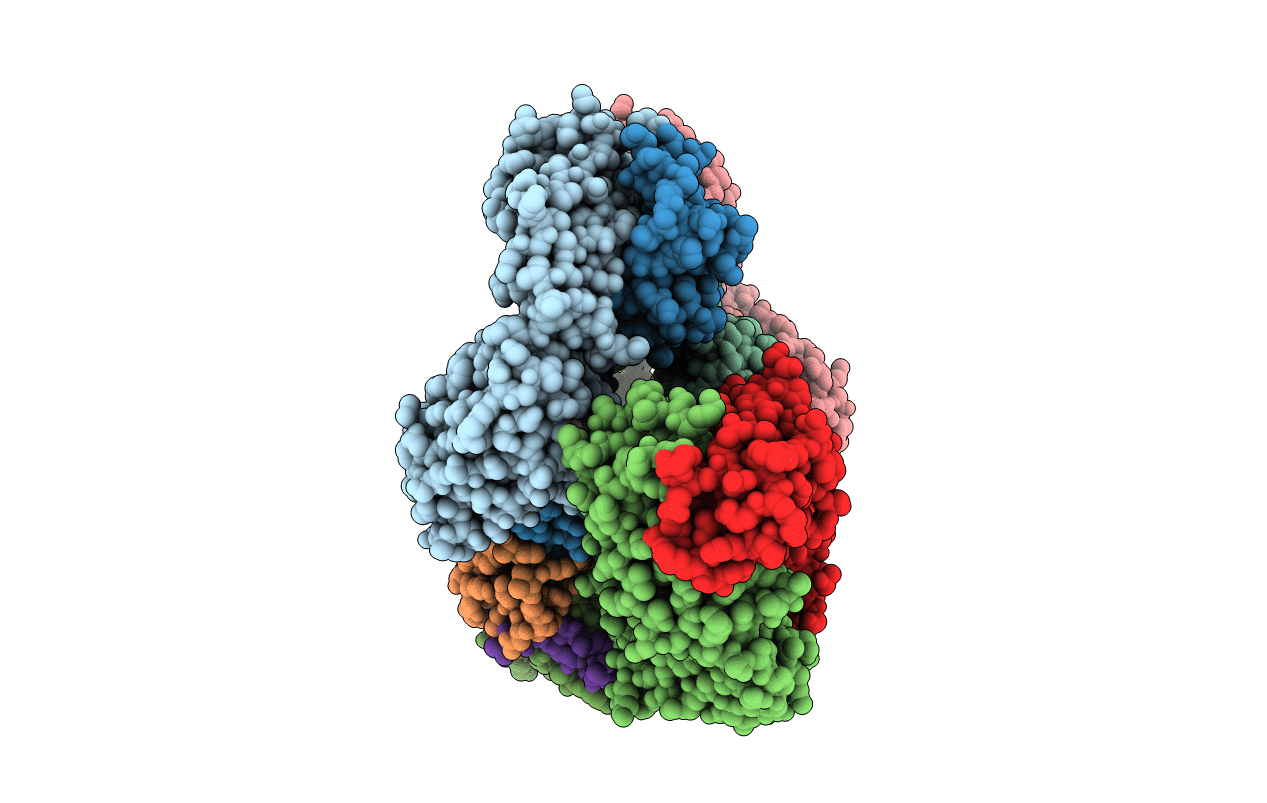
Deposition Date
2009-06-08
Release Date
2010-05-19
Last Version Date
2024-11-20
Entry Detail
PDB ID:
3HR5
Keywords:
Title:
M1prime peptide from IgE bound by humanized antibody 47H4 Fab
Biological Source:
Source Organism:
Mus musculus (Taxon ID: 10090)
Host Organism:
Method Details:
Experimental Method:
Resolution:
2.40 Å
R-Value Free:
0.25
R-Value Work:
0.21
R-Value Observed:
0.21
Space Group:
P 21 21 21


